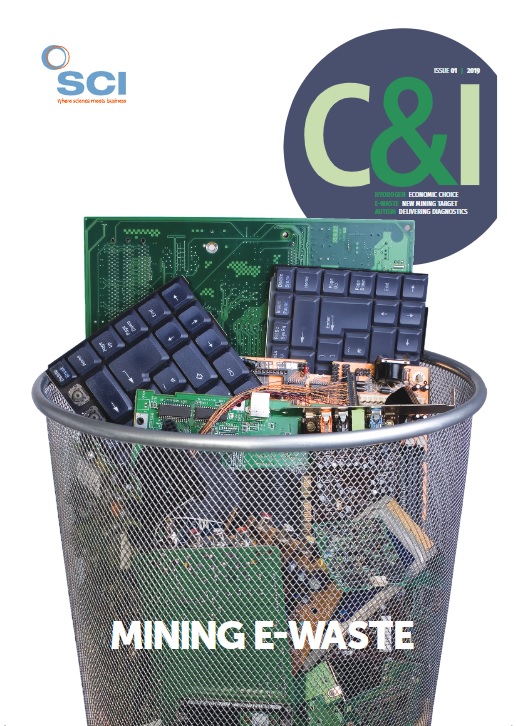Nature took hundreds of millions of years to convert plant material into carbon-rich coal. At Imperial College London, materials scientist Maria-Magdalena Titirici will use pressurised hydrothermal treatment to transform food waste into carbon suitable for sodium battery electrodes.
‘A lot of food waste in the UK is not recycled properly. Sometimes it is just discarded into landfill, which produces a lot of methane,’ says Titirici, who has teamed up with a long-time collaborator, Yong Sheng Huat at the Institute of Physics in Beijing, to convert the bio-waste into a disordered carbon material for the anode of sodium ion batteries.
Instead of perfectly aligned layers of graphite, as in lithium ion batteries, Titirici will generate a disordered carbonaceous material called hard carbon for alternative sodium batteries. ‘Sodium can be a low cost alternative to lithium,’ Titirici explains. ‘You won’t have the same energy density, but sodium ion batteries could work for cars in cities like London or Beijing or in e-bikes or for stationary applications.’
Her colleague in Beijing will work on developing materials for the cathode. The goal is to demonstrate a large-scale sodium battery, says Titiri. The project will involve HiNa Battery Technology, a Chinese company that manufactures sodium ion batteries.
The starting chemicals she aims to produce from bio-waste include HMF (hydroxymethylfurfural), which can be used to build bioplastics, and levulinic acid, which is useful as a precursor for pharmaceuticals, biofuels and for the cosmetic industry. Titirici’s project will also recycle plastic waste into precursor chemicals for making plastics and even pharmaceuticals.
The work is part of a UK-Chinese collaboration involving four EPSRC research projects, which will explore methods of lowcost carbon manufacturing.
Engineer Constantinos Soutis at the University of Manchester will lead a project with Shenzhen University to remanufacture new composite structures using carbon fibres. The carbon fibres will be recovered using a patented ‘electrically driven Hetero-catalytic Decomposition’ method that will create fibres sufficiently long to be remanufactured into continuous yarns.
Other projects at the University of Manchester and Huazhong University of Science and Technology focus on a new low carbon laser-based manufacturing process, and polymer recycling at the universities of Bradford and Sichuan.
The EPSRC is contributing £3.2m and the National Natural Science Foundation of China (NSFC) ¥12m, equivalent to around £1.4m. The projects will all start in January 2019 and run for three years.





